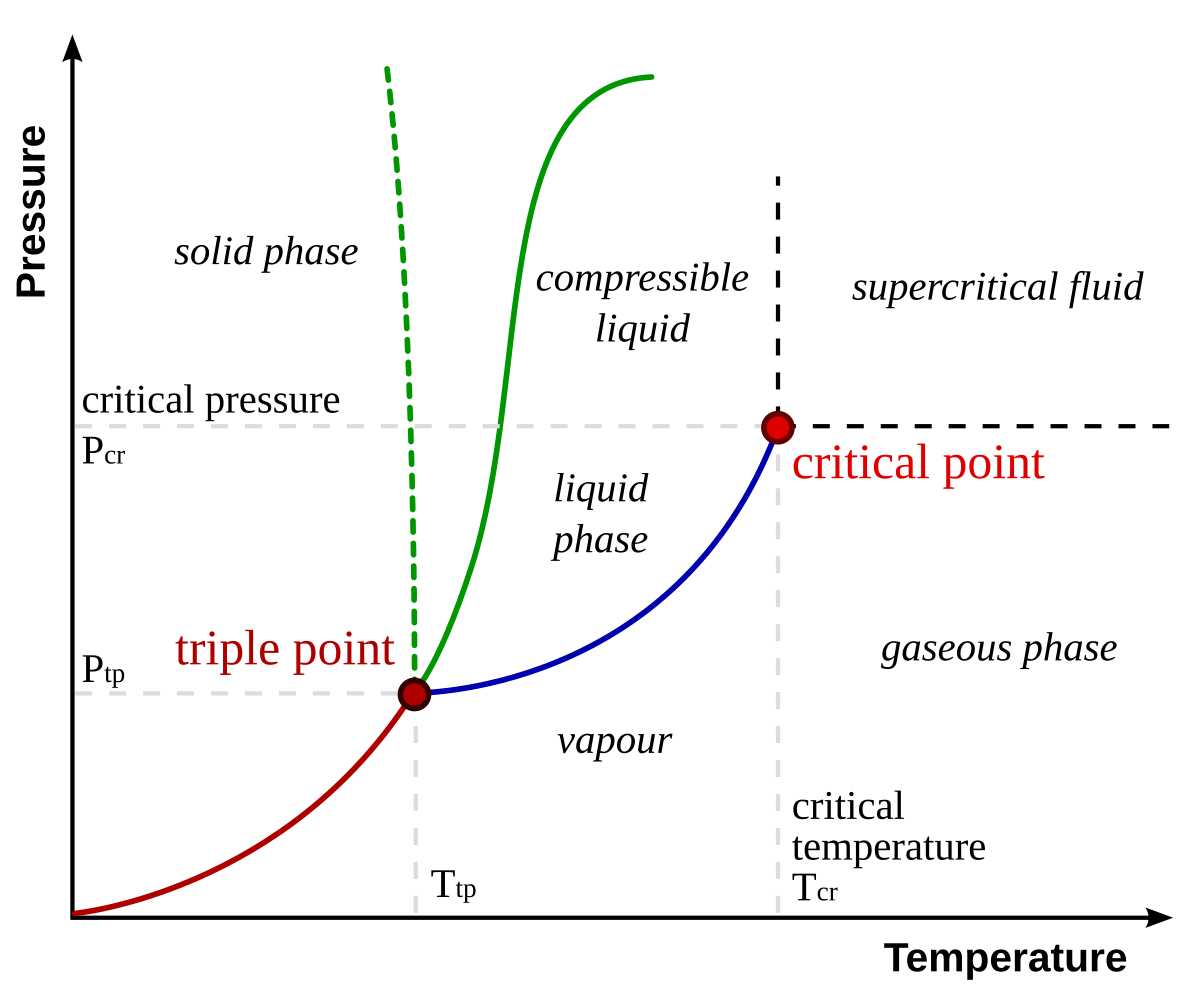Bob B
Emperor Of Solar
- Joined
- Sep 21, 2019
- Messages
- 8,711
Sometimes it's because people set the power supply to 3.65 volts after connecting to the cells. The power supply needs to be set to 3.65 volts before connecting to the cells.
This is the most common thing people seem to do ..... they don't understand why it matters to only set the voltage with the leads disconnected. They just want the current flow to be greater.
Maybe you could make a video of what happens when you do this .... and show how the voltage will come up as the current drops off and the battery voltage comes up. So, demonstrate why doing it wrong results in damaged cells .... why the voltage drops when the power supply is connected to the battery, show how much difference it makes if you use the tiny crappy alligator clips and tiny wire that comes with many of the supplies .... so by making better leads, the current increases without cranking up the voltage on the power supply.



